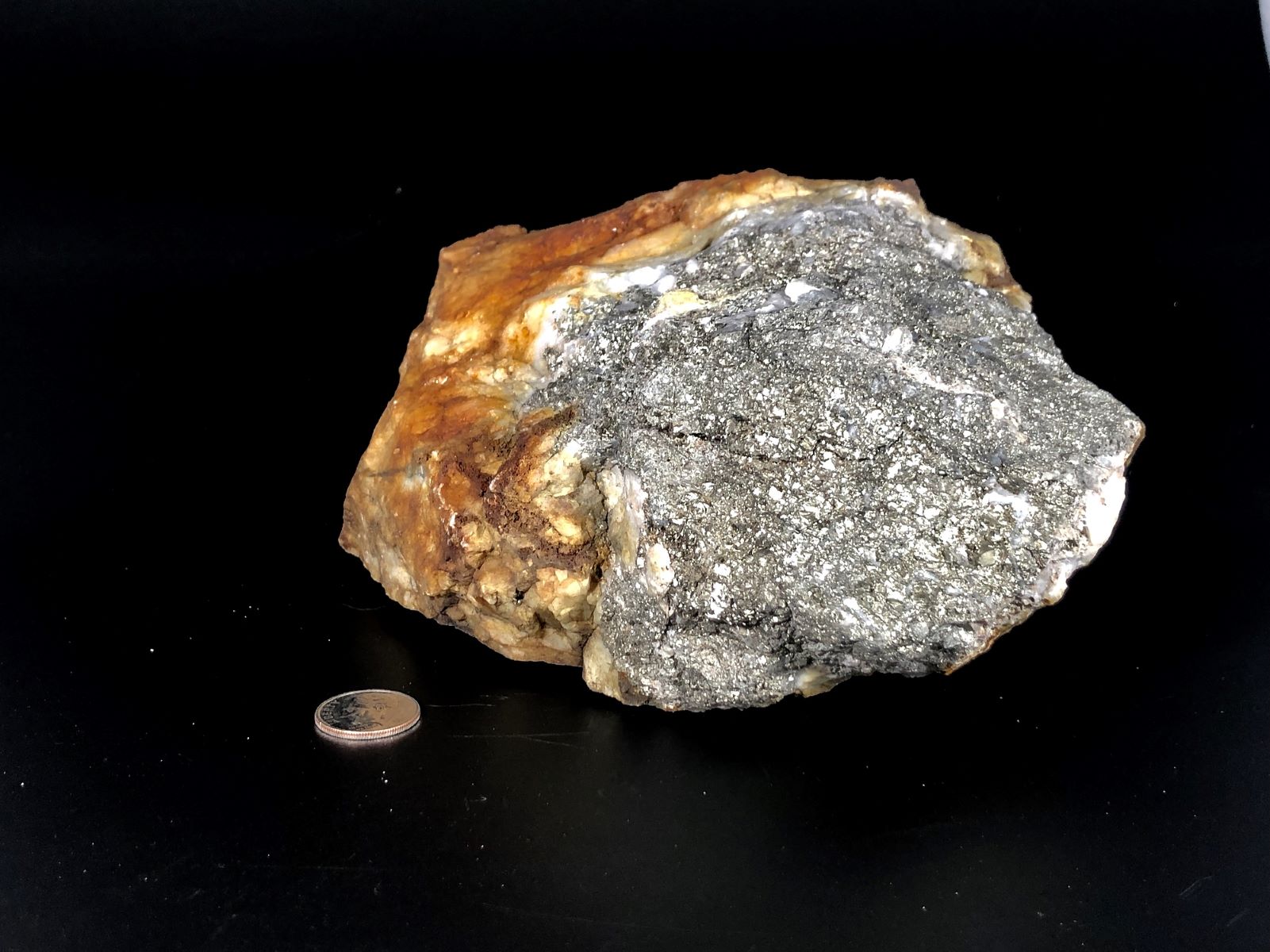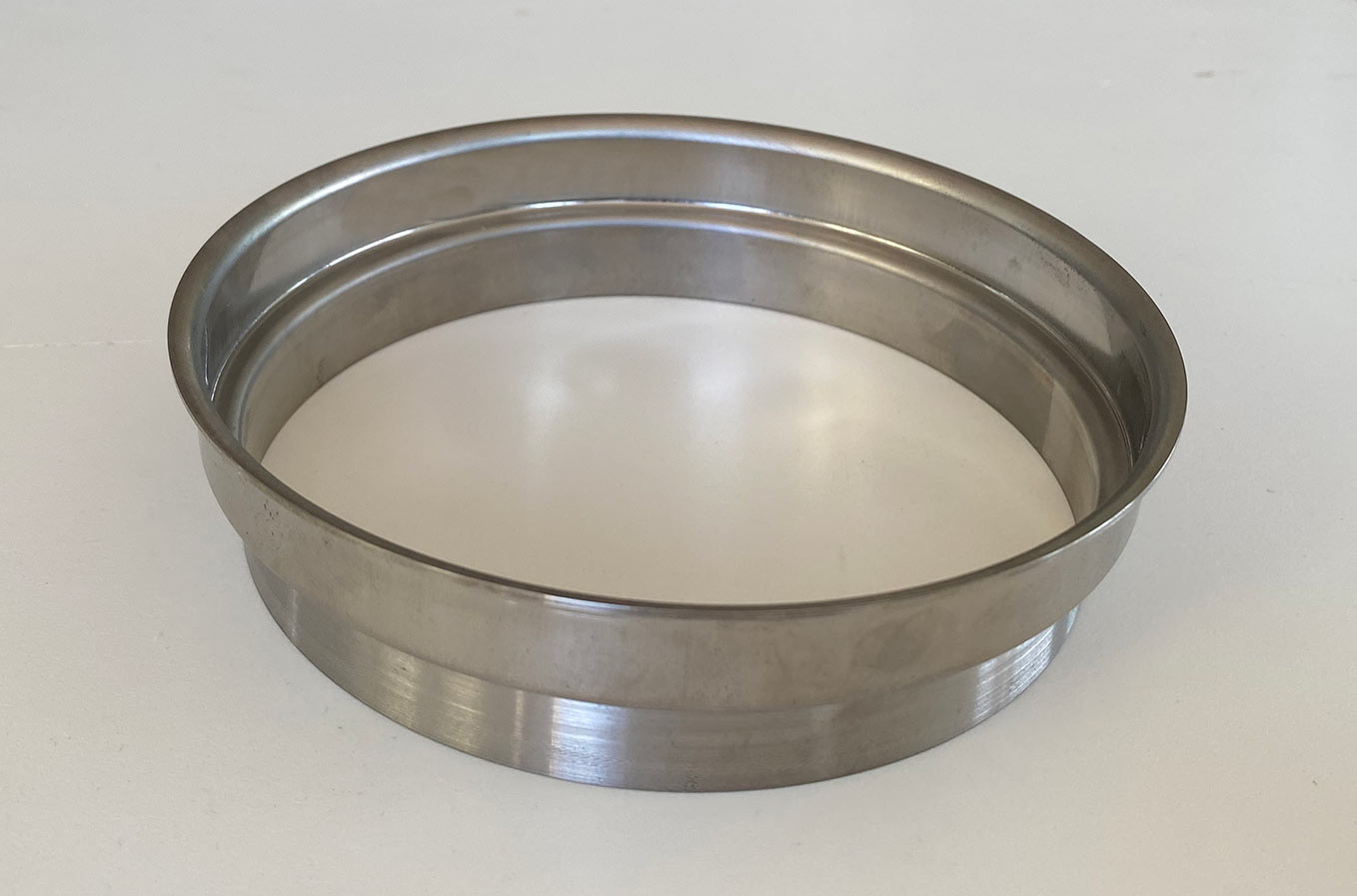
Calaverite is a rare and fascinating mineral that has intrigued scientists and collectors alike. But what exactly makes this mineral so special? Calaverite is a gold telluride mineral, meaning it contains both gold and tellurium. Found primarily in Colorado, California, and Australia, this mineral has a unique metallic luster and a striking appearance. Its rarity and composition make it highly sought after by mineral enthusiasts. Calaverite can be challenging to identify due to its similarity to other minerals, but its distinct properties set it apart. Ready to learn more about this captivating mineral? Let's dive into 40 intriguing facts about Calaverite that will leave you amazed!
Key Takeaways:
- Calaverite is a rare mineral containing gold and tellurium, with a rich history in gold mining and unique properties like fluorescence under UV light. It continues to captivate scientists and collectors today.
- Its discovery during the gold rushes of the 19th century led to significant mining activities, contributing to the economic development of several regions. Calaverite's rarity and scientific value make it a sought-after specimen for collectors and a subject of ongoing research.
What is Calaverite?
Calaverite is a rare and fascinating mineral. It’s a gold telluride, meaning it contains both gold and tellurium. This mineral has intrigued scientists and miners alike for centuries due to its unique properties and historical significance.
- Calaverite was first discovered in 1861 in Calaveras County, California, which is how it got its name.
- It has a metallic luster and a brassy yellow color, often mistaken for gold.
- The chemical formula for calaverite is AuTe2, indicating it contains gold and tellurium.
- Calaverite is part of the telluride mineral group, which includes other gold tellurides like sylvanite and krennerite.
- It has a hardness of 2.5 to 3 on the Mohs scale, making it relatively soft.
- Calaverite has a specific gravity of 9.1, which is quite heavy for a mineral.
- It often forms in orthorhombic crystals, which are elongated and striated.
- Calaverite can also appear in massive or granular forms, not just as crystals.
- When exposed to air, calaverite can tarnish, developing a thin film of tellurium dioxide.
- It is usually found in hydrothermal veins, often associated with quartz and other sulfide minerals.
Historical Significance of Calaverite
Calaverite played a crucial role in the history of gold mining, especially during the gold rushes of the 19th century. Its discovery led to significant mining activities and contributed to the economic development of several regions.
- During the Colorado Gold Rush in the late 1800s, calaverite was a significant source of gold.
- Miners initially discarded calaverite, mistaking it for pyrite or "fool's gold."
- The famous Cripple Creek mining district in Colorado produced large quantities of calaverite.
- Calaverite was also mined in Kalgoorlie, Australia, contributing to the Western Australian gold rush.
- In the early 20th century, calaverite was a primary ore for extracting gold in several mining operations.
- The extraction process for gold from calaverite involves roasting the ore to break down the tellurium.
- Calaverite's discovery helped advance the understanding of telluride minerals and their economic importance.
- The mineral's presence often indicated rich gold deposits, leading to further exploration and mining.
Unique Properties of Calaverite
Calaverite's unique properties make it a subject of interest for mineralogists and collectors. Its composition and formation offer insights into geological processes and the conditions under which it forms.
- Calaverite is one of the few minerals that contain gold in a chemical combination with another element.
- It has a distinct crystal structure, with gold atoms arranged in a specific pattern with tellurium.
- The mineral can exhibit polymorphism, meaning it can have different crystal structures under different conditions.
- Calaverite's crystals can be twinned, where two crystals grow together in a symmetrical manner.
- It can fluoresce under ultraviolet light, showing a greenish-yellow glow.
- Calaverite is often associated with other tellurides, such as petzite and hessite.
- The mineral can form at relatively low temperatures, typically below 300°C.
- It is stable under a range of pressure conditions, making it prevalent in various geological settings.
- Calaverite can alter to native gold and tellurium over time through natural weathering processes.
- The mineral's unique properties make it a valuable specimen for collectors and museums.
Calaverite in Modern Times
Today, calaverite continues to be of interest not only for its gold content but also for its scientific and educational value. It remains a topic of study in mineralogy and geology.
- Modern analytical techniques, such as X-ray diffraction, help scientists study calaverite's structure in detail.
- Calaverite samples are often displayed in natural history museums around the world.
- The mineral is used in educational settings to teach students about mineralogy and crystallography.
- Calaverite's rarity makes it a sought-after specimen for private collectors.
- It is sometimes used in jewelry, though its softness makes it less practical than other gemstones.
- The study of calaverite contributes to the broader understanding of gold deposits and mining techniques.
- Researchers continue to investigate the formation conditions of calaverite to better understand hydrothermal processes.
- Advances in technology have improved the methods for extracting gold from calaverite ores.
- Calaverite remains a subject of interest in economic geology, particularly in regions with known gold telluride deposits.
- The mineral's historical significance is often highlighted in mining heritage sites and museums.
- Calaverite's unique combination of gold and tellurium makes it a fascinating subject for ongoing scientific research.
- Despite its rarity, calaverite continues to captivate those interested in the natural world and the history of gold mining.
The Final Word on Calaverite
Calaverite, a gold telluride mineral, stands out due to its unique properties and historical significance. Found in places like California and Colorado, it played a crucial role during the gold rush era. This mineral isn't just a pretty face; it has practical uses in modern technology, especially in electronics. Its rarity and the challenges in extracting gold from it make calaverite a fascinating subject for both geologists and treasure hunters. Understanding its formation, properties, and uses can deepen our appreciation for this remarkable mineral. Whether you're a science enthusiast or just curious, calaverite offers a glimpse into the Earth's hidden treasures. So next time you hear about gold, remember there's more to the story than meets the eye. Calaverite is a testament to nature's complexity and the ongoing quest to uncover its secrets.
Frequently Asked Questions
Was this page helpful?
Our commitment to delivering trustworthy and engaging content is at the heart of what we do. Each fact on our site is contributed by real users like you, bringing a wealth of diverse insights and information. To ensure the highest standards of accuracy and reliability, our dedicated editors meticulously review each submission. This process guarantees that the facts we share are not only fascinating but also credible. Trust in our commitment to quality and authenticity as you explore and learn with us.


